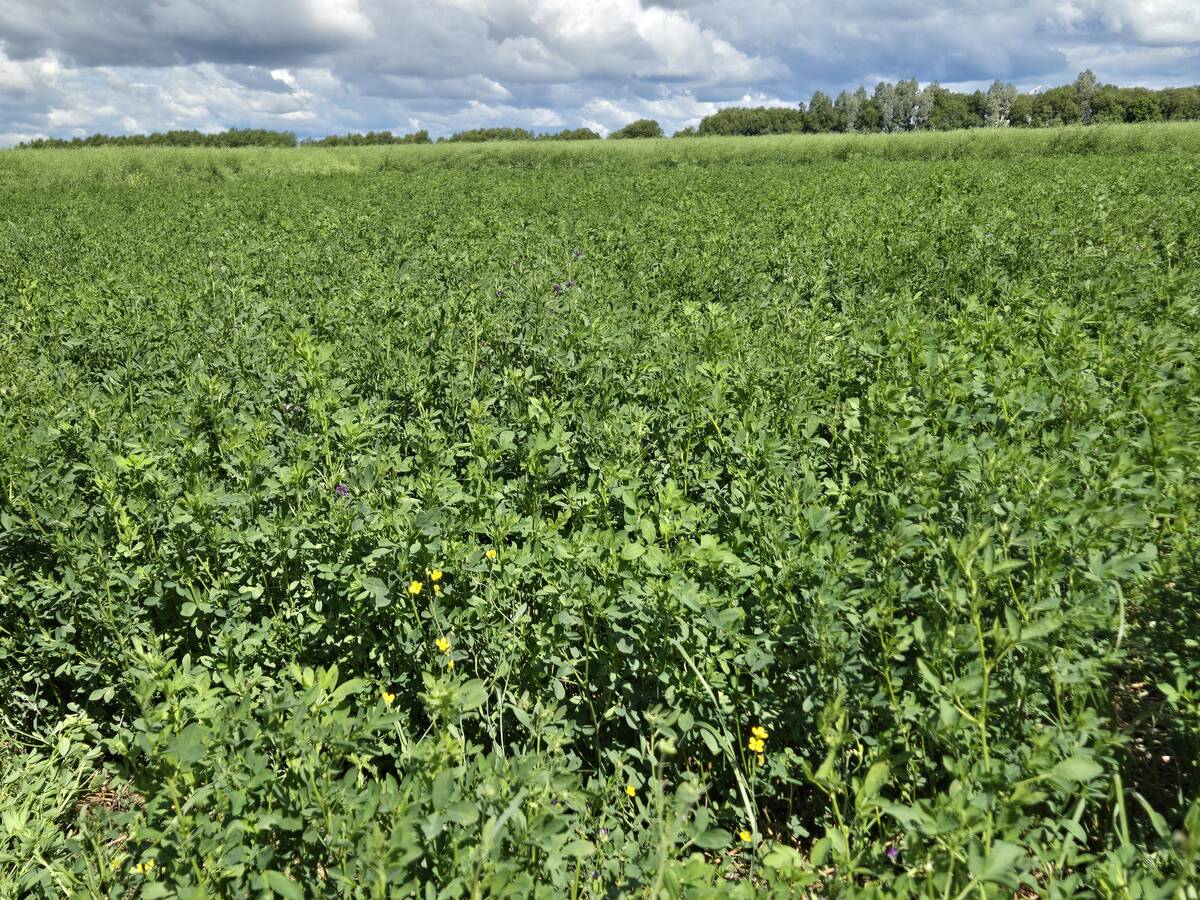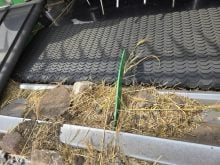Manufacturer finds a new revenue stream by combining cutting-edge hardware with software and subscription models
BONDURANT, Iowa (Reuters) — John Deere has sold its tractors and other equipment to farmers for decades, but the world’s largest agriculture machinery manufacturer is tearing a page from the technology world’s playbook — combining cutting-edge hardware with software and subscription models to drive revenue growth.
In a world with a dwindling number of grain producers and a growing population, Deere and its rivals are developing self-driving equipment loaded with the latest software that is harvesting a new kind of bumper crop: data.
All that translates into recurring revenue, something companies like Apple have long enjoyed and industrial manufacturers like Deere hungrily eye.
Read Also

Manitoba Parkland research station grapples with dry year
Drought conditions in northwestern Manitoba have forced researchers at the Parkland Crop Diversification Foundation to terminate some projects and reseed others.
“The more technology we can develop to allow farmers to get productivity out of their land without having to spend so much money on fertilizer and inputs, the better off everybody is,” Julian Sanchez, Deere’s director of emerging technology, said.
Investments in automation for high-horsepower equipment is only at its inception for Deere and rivals Agco and CNH Industrial. The next step is to equip machines to plant seeds using satellite imagery and soil data, Sanchez said.
While Deere has not outlined what that could mean to its bottom line, last fall automaker General Motors said it was targeting up to US$25 billion in software-driven services by 2030, and added its Cruise self-driving unit could achieve $50 billion in annual revenue within six years.
The race among farm equipment companies to automate agriculture has accelerated amid a burgeoning food crisis.
Deere’s strategy around scaling its suite of tech products is now in the spotlight, after its stock plunged 14 percent on May 20 following a quarterly revenue miss. It was the biggest drop for Deere in 14 years
The timing comes as the war in Ukraine and widespread drought in key grain-producing countries have roiled commodity markets, causing grain and farm input prices to spike as supplies shrink. That, in turn, has farmers scrambling to boost crop yields, yet limit their fertilizer and pesticide use.
That and a shrinking farm labour workforce has opened the door for Deere and others to make their high-tech push. For farmers, the prize is higher crop yields. For Illinois-based Deere, it’s the revenue.
Autonomous machinery is where Deere is placing its bet as artificial intelligence becomes more integrated in farming. Its self-driving 8R tillage tractor will be the latest addition to the company’s algorithm-enabled offerings when the green machines go on sale in the fall.
The new tractor will be priced at $500,000. However, the autonomy feature will be sold separately. Deere executives told analysts at a conference that the company will largely maintain its “point-of-sale” model for equipment, but will integrate a software-as-a-service (SaaS) model for its autonomous solutions. That will likely include their self-driving tractor.
“While it may take us a few years to build out a base of recurring revenues, autonomous solutions, on top of our underlying machine forms, will be recurring,” said Joshua Jepsen, Deere’s deputy financial officer.
The recurring revenue model can be economically favourable to heavy machinery manufacturers “based on those data insights,” said Michael Staebe, a Bain & Company partner focused on machinery.
In Deere’s case, using a subscription model by either selling or leasing its driverless tractor can result in higher margins.
“After expenses, every incremental dollar falls straight to the bottom line,” Edward Jones analyst Matt Arnold said. “We would expect it to be an attractive offering to farmers given the efficiency it offers them, and lucrative to Deere.”

















